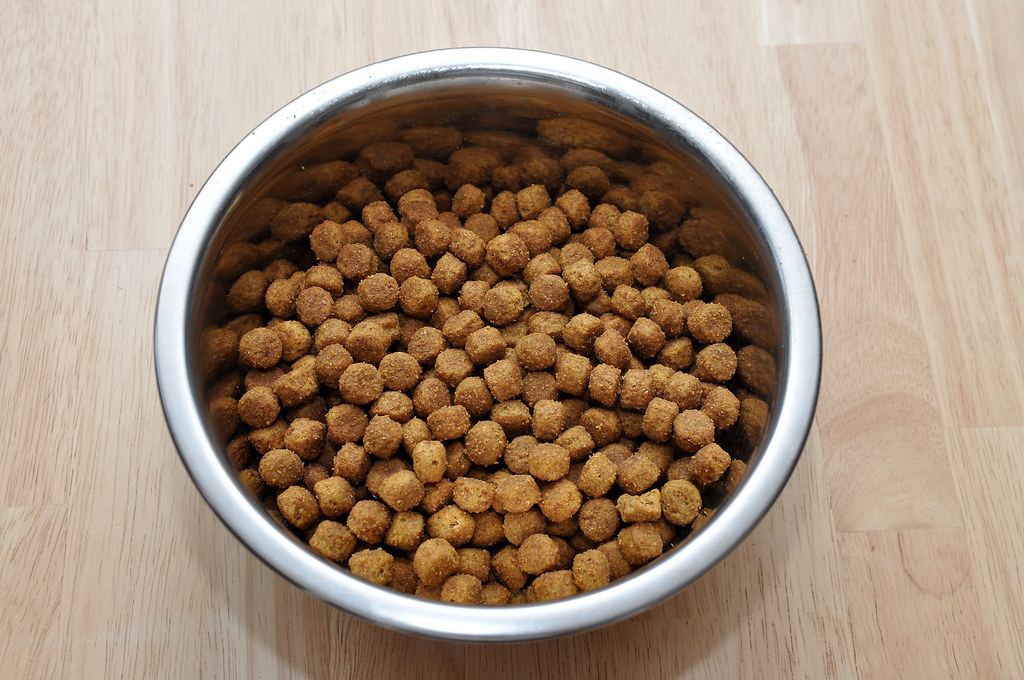What we should know to choose a good feed
Our knowledge is based on the long experience gained on this subject.
We are not going to make any comparison between the different products on the market, so the descriptions of the feed that appear below are invented, although they do not differ too much from the real ones.
The guaranteed analysis is important, of course. But it should be noted that the percentage of proteins, which is taken so much into account in this guaranteed analysis, is formed from the sum of the percentages of animal and vegetable proteins.
They tell us much more about the ingredients/composition of the feed.
We present as an example a fictitious feed and analyze it thoroughly.
Analysis:
Protein: 27 % Fat content: 14 % Crude fibre: 3 % Ash: 8 % Calcium: 1.1 %
Ingredients / Composition:
(1.) Chicken (min. 15%), (2.) Wheat, (3.) Maize, (4.) Lamb & animal by-products, (5.) Barley, (6.) Beet pulp, (7.) Dehydrated whole egg (.8) Animal fat (9.) Salt, (10.) Brewer’s yeast.
With this composition, it would be a product, which would be offered on the market at a price of not less than € 50 per bag of 15Kg and that would be considered a “Premium” type feed.
What does this composition mean for your dog?
(1.) Chicken (min. 15 %):
A 15 kg bag of dog food could be interpreted as containing 2.25 kg (or 15%) of chicken meat. It may be true, but it doesn’t have to be. The 2.25 kg (or 15%) of chicken meat will have to be dried, so the meat will lose approximately 50% of its volume. It may be, without more, that in this feed there is not 2.25 kg of chicken meat, but only 1.13 kg of chicken meat meal. This means that the bag effectively contains only 1.13 kg over 15 kg. Which would be only 7.5%.
This does not mean that it is exclusively chicken meat. The rest of the chicken could also be contained in this percentage.
We now have a 15 kg bag with a meat content of about 1.13 kg, 14 kg is still missing! We have put 7.5% of the volume and 92.5% is missing.
(2.) Wheat:
Since chicken (min. 15%) was indicated (and not chicken meat meal), the manufacturer can put a maximum of 14.8% wheat. Since the product placed in the 2nd position can only be a percentage lower than the first position and higher than the third. This 14.8% of wheat would therefore be 2.22 kg.
We now have about 1.13 kg of meat, about 2.22 kg of wheat,
and 11.65 kg are missing.
(3.) Corn:
Due to known conditions, the percentage of maize should not exceed 14.7 %, which means 2.21 kg.
Now we have about 1.13 kg of meat
about 2.22 kg of wheat
about 2.21 kg of corn and we still have 9.44 kg to fill the bag.
(4.) Lamb & it’s animal products:
The manufacturer could put approximately 14.6% lamb meat. But it will not, since in this case, it would have put chicken meat and lamb meat in the first places from the beginning. By means of the description: Lamb meat & animal by-products have the following possibility: You have to reach 14.6% to be in 4th place and mix as much (or as little) lamb meat as you want with as few (or as many) animal by-products as you want and calculate the percentage in the feed after this mixture. The by-products do not have to be lamb, slaughterhouse waste of any kind, including pork, can be used. For example, animal by-products are understood among other horns, hooves, guts, and their contents, etc.
This 14.6% means 2.19 kg more.
So what to do?
Select judiciously and save money. Carefully selected high-quality feed saves you money every day. The greater the number of cereals and filling products (loads), the greater the daily feed ratio!
The greater the number of cereals and loads, the lower the supply of animal protein of high biological value.
And we haven’t even entered the world of synthetic vitamins and preservatives.
Some examples:
Menadione: Synthetic vitamin K3: the body absorbs, stores and excretes it in a different way than natural and the technical literature considers it “potentially poisonous, partially poisonous, poisonous at high doses, or simply poisonous”. It is prohibited from human consumption because it is carcinogenic.
BHA: A preservative: also called E 320 or Butylhydroxyanisole, is obtained synthetically and has the following effects: allergic reactions, the elevation of lipids and cholesterol in the blood, can favor the appearance of digestive enzymes in the liver which increases the catabolism of other body substances.
BHT: A preservative: also called E 321. It has the following effects: allergic reactions, and alterations of the immune system, thyroid gland, and liver.
